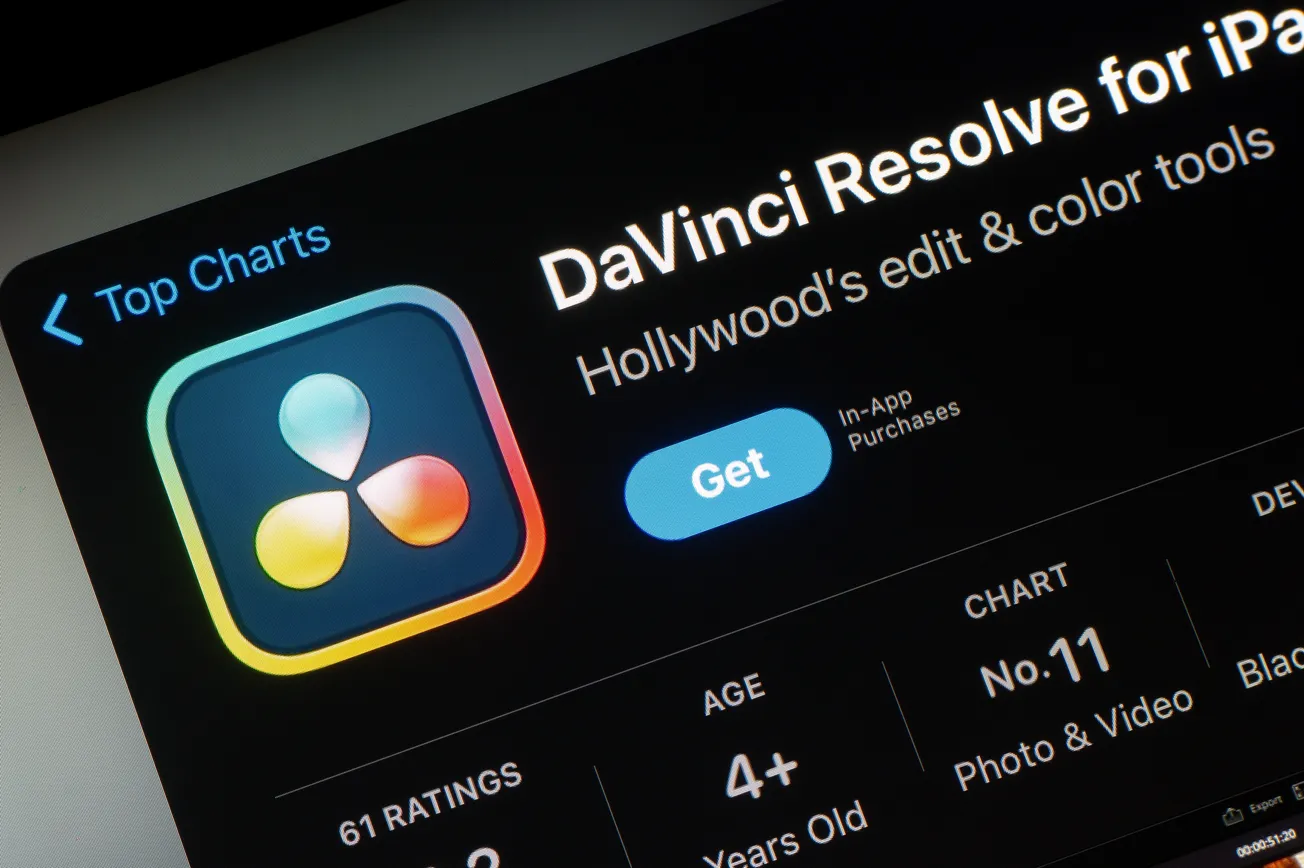Podcasting emerged as a niche format in the early 2000s, gaining recognition in 2004 when the term itself was coined.
Derived from "iPod" and "broadcast," podcasting quickly became a digital innovation that allowed users to download and stream episodic audio content. In these early years, podcasts were primarily consumed by tech-savvy individuals who had access to MP3 players and knew how to download RSS feeds.
The Early Years: A Niche Medium Takes Shape
Apple’s integration of podcasts into iTunes in 2005 provided a pivotal moment, making it easier for listeners to discover and consume content without requiring advanced technical knowledge.
Despite its promising start, podcasting remained a relatively obscure form of media throughout the late 2000s.
Awareness levels among U.S. adults in 2006 stood at only 22%, and audience growth was slow. The lack of a seamless monetization model and limited mainstream content kept podcasting in the background compared to traditional radio and emerging social media platforms.
However, this slow growth phase allowed independent creators to experiment with the format, producing content across various genres, from technology to politics.
The Turning Point: "Serial" and the Shift to Mainstream Appeal
A defining moment in podcast history arrived in 2014 with the release of Serial, a true crime investigative series produced by This American Life.
The show became a cultural phenomenon, drawing millions of listeners and demonstrating the power of serialized storytelling in podcast form. Serial reached five million downloads faster than any other podcast at the time, solidifying podcasting as a legitimate form of mainstream entertainment.
Following the success of Serial, major media organizations began investing in podcasts.
The New York Times launched The Daily in 2017, an immensely popular news podcast that reinforced the viability of the format for journalism. Around the same time, the podcasting industry began attracting significant venture capital investment, leading to improved production quality and more diverse content offerings.
Growth in Listenership and Market Share
From 2014 onward, podcast listenership surged.
By 2018, 44% of U.S. adults reported having listened to a podcast, up from 27% in 2013. The shift in consumer behavior was driven in part by the widespread adoption of smartphones, the proliferation of streaming services, and the growing presence of smart speakers such as Amazon Alexa and Google Home.
Globally, the number of podcast listeners experienced significant growth.
In 2020, there were an estimated 332 million podcast listeners worldwide, a number that climbed to 464 million by 2023. The rapid expansion of streaming platforms, including Spotify’s aggressive push into podcasting through acquisitions of Gimlet Media, Anchor, and Parcast, fueled this growth.
By 2024, the global podcast audience had reached over 500 million, with projections suggesting that 584 million listeners will engage with podcasts by 2025.
The advertising market for podcasting expanded alongside its audience.
In 2015, the industry generated approximately $105 million in advertising revenue, according to the Interactive Advertising Bureau (IAB). By 2021, that figure had skyrocketed to $1.4 billion, with projections estimating that podcast advertising revenue will surpass $4 billion by 2026.
This exponential growth reflects the increasing trust that advertisers place in the medium, particularly due to its engaged audiences and host-read ads, which often yield higher engagement rates than traditional digital advertising.
Competition with Traditional Media and Changing Consumer Habits
The rise of podcasting has inevitably reshaped the broader media landscape, competing with traditional radio, television, and even streaming video services.
For younger audiences, particularly those aged 18-34, podcasts have become a preferred alternative to AM/FM radio. By 2024, 41% of media consumers in this demographic reported favoring podcasts over terrestrial radio. However, among older generations, radio still holds an advantage, with 66% of those aged 65 and older preferring traditional formats.
Podcasts have also changed the way people consume news. Long-form investigative journalism, once the domain of print media and documentary television, has found a new home in podcasting. Shows such as The Daily and Pod Save America have become primary news sources for many listeners, particularly those seeking in-depth analysis beyond headlines.
Milestones in Podcasting’s Expansion
While Serial marked an inflection point in 2014, several other key developments helped solidify podcasting’s rise.
Spotify’s foray into the space in 2019, with its billion-dollar acquisitions of podcast networks and hosting services, signaled a new era of corporate involvement. Apple, which had long been the primary distributor of podcasts, responded by launching Apple Podcast Subscriptions in 2021, offering creators new monetization opportunities through premium content.
The COVID-19 pandemic in 2020 and 2021 further accelerated podcast adoption. With more people working remotely and spending time at home, podcast consumption increased across all major platforms.
Edison Research found that weekly podcast listening among Americans rose from 24% in 2020 to 28% in 2021, representing millions of new listeners.
By 2024, YouTube had become a dominant player in the podcasting space, particularly for younger audiences.
Video podcasts, or “vodcasts,” gained popularity, with creators leveraging YouTube’s massive audience to distribute their content. A shift toward visual elements in podcasting reflected changing consumer habits and the need for more dynamic engagement strategies.
Future Projections and Industry Trends
As podcasting enters its third decade, industry analysts predict continued expansion.
By 2025, global podcast listenership is expected to surpass 584 million, driven by increasing smartphone penetration in emerging markets and the continued rise of on-demand audio consumption. The market size of the podcasting industry, valued at $18.5 billion in 2022, is forecasted to exceed $130 billion by 2030, reflecting a compound annual growth rate of 27.6%.
One of the most significant trends shaping the industry is the shift toward video podcasting.
With YouTube now ranking as one of the top platforms for podcast consumption, many content creators are adapting to hybrid formats that incorporate both audio and visual elements. This evolution aligns with broader shifts in digital media consumption, where audiences increasingly engage with interactive and multimedia content.
Monetization strategies are also diversifying.
While advertising remains the dominant revenue model, subscription-based podcasting is gaining traction. Apple Podcasts and Spotify both offer premium subscription options, allowing creators to generate direct revenue from listeners. Additionally, live podcasting events, merchandise sales, and branded content collaborations are becoming key revenue streams for top podcasters.
Another emerging trend is the rise of AI-powered podcast production.
Automated transcription services, AI-generated voiceovers, and personalized content recommendations are enhancing both content creation and user experience. These advancements are expected to drive efficiency in podcast production while expanding audience engagement through personalized listening experiences.
The Future of Podcasting in the Media Ecosystem
The past two decades have transformed podcasting from a niche experiment to a central pillar of the digital media landscape.
What began as a tech-driven subculture has evolved into a multibillion-dollar industry with global reach. The growth of podcasting has been fueled by technological advancements, shifting consumer behaviors, and strategic investments from major media companies.
Looking ahead, podcasting is poised for continued expansion, with new content formats, monetization strategies, and technological innovations shaping its future. The medium’s flexibility, intimacy, and on-demand nature make it uniquely positioned to thrive in an era where audiences increasingly seek personalized, long-form content.










